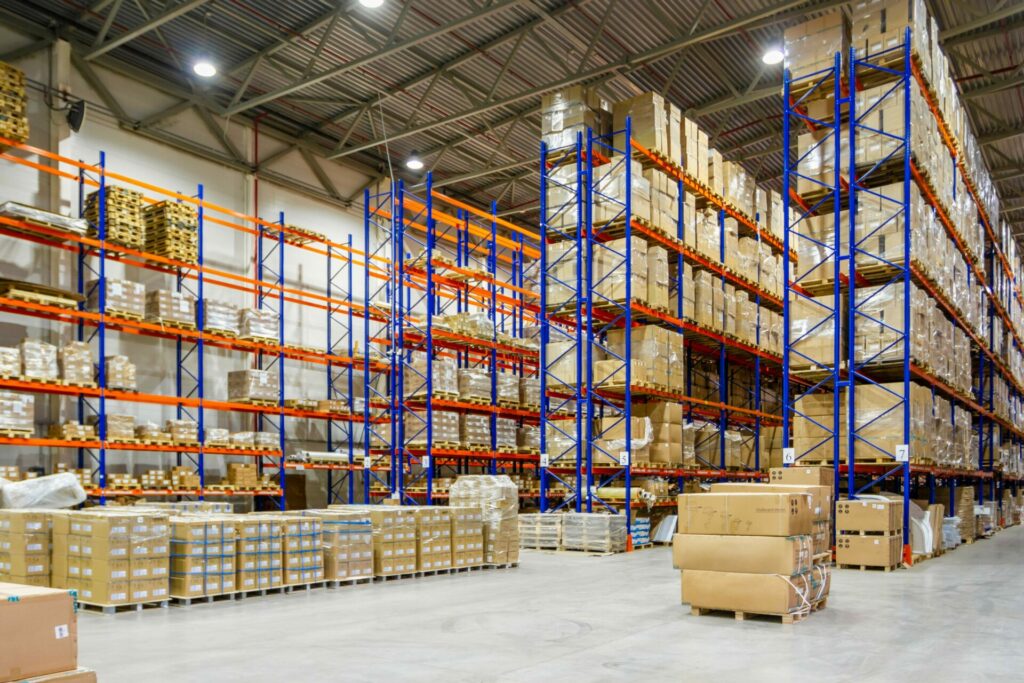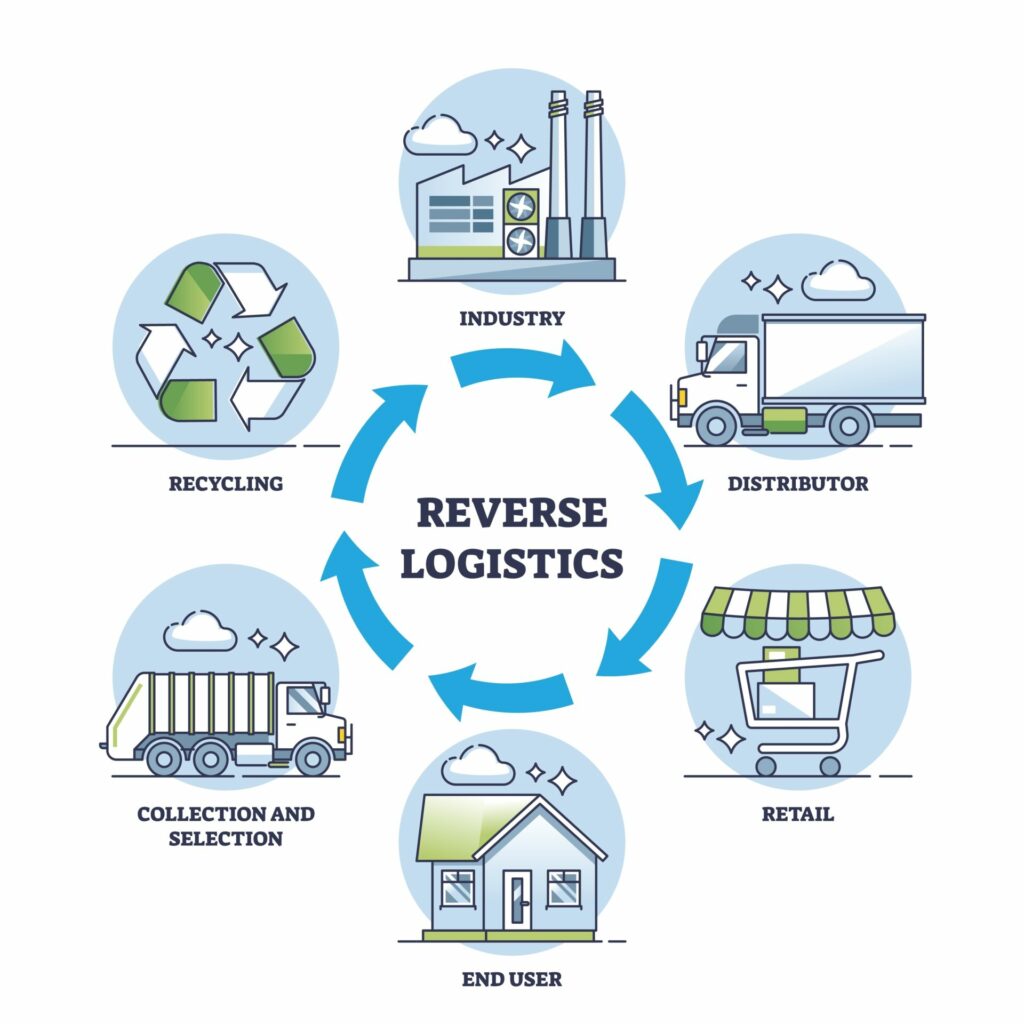It’s 2022. We might not have hoverboards or flying cars, but there’s still plenty of incredible technology.
Technology is at the forefront of our lives, from tiny computers in the palm of our hands to that transports us to dream-like places in an instant.
At this point, it’s safe to say that we would be a bit helpless without it. When was the last time you left your phone at home, intentionally? Or used a physical map to get from A to B?
When it comes to e-commerce and the customer experience, technology is an absolute life support. Consumer expectations for seamless experiences and top-tier integrations have never been bigger – and the stakes are high if you get it wrong.
What are customers saying? Give us what we need – or else.
Why does technology matter in e-commerce?
Online shopping is one of the most tech-driven experiences for customers.
Usually done from a laptop or a mobile device, digital merchants rely on all kinds of technology to provide a cohesive buying journey for their customers. Quick check-out process? Technology. Live chats or chatbots for customer service? More technology.
Brands who aren’t offering their audience a tech-forward purchasing journey are putting themselves at the risk of losing potential customers due to frustration and human error. Let’s face it, we’ve all left a website that just wasn’t cooperating with what we wanted to do.
Having a healthy tech stack does much more than give customers the ability to shop online and e-commerce merchants the ability to sell products. It can also help build a community, provide personalized recommendations, track orders, and free up endless amounts of time for more important tasks.
In e-commerce, technology can quickly become the heart of a business.
What technology can online brands use?
APIs, WMS, OMS, ERPs… so many acronyms. What do they all mean? Let’s take a quick look at some of the most popular technology solutions that successful e-commerce brands utilize (and why they matter).
Warehouse management systems (WMS)
A is a type of software that tracks, displays, and controls all activities within a distribution center. Essentially the brain of a distribution operation, a WMS can give e-commerce brands direct insight into their operation, tracking tasks like inventory receiving, picking, packing, and order fulfillment.
Benefits of a WMS:
- Reduces labor and storage costs through workflow optimization.
- Allows for custom alerts and inventory tracking.
- Enables quicker order fulfillment and increases labor productivity.
Order management systems (OMS)
An is similar to a WMS (and quite often the terms are used interchangeably); however, it puts emphasis on the orders themselves rather than the day-to-day warehouse activities. Order management systems typically streamline order fulfillment operations by providing an overview dashboard, tracking metrics like inventory levels, sales volume, and reverse logistics.
Benefits of an OMS:
- Easily creates custom order rules.
- Quickly implements branded packaging and packaging inserts.
- Track what’s available at all times with real-time inventory visibility.
Returns management software
Returns are our friends!
In fact, say they won’t purchase from a brand that doesn’t offer hassle-free returns. This means that implementing a returns management tool for easy returns could be a brand’s ticket to boosting customer satisfaction and retention.
Returns are inevitable, but how your brand manages them directly affects whether your customers step away from the experience willing to come back or not.
Benefits of a returns management tool:
- Tracks a plethora of valuable returns data so you can understand consumer behavior.
- Creates personalized returns with automation and customer data.
- Allows customers to choose rather than going through email or phone support.
The power of modern tech: seamless integrations
What’s the saying? With power comes great responsibility. Well, with technology comes powerful integrations. And… seamless integrations are thanks to the power of APIs.
But, what is an API?
Application program interface (API)
sounds a bit scary, but in reality, it’s just software that enables two systems to talk to each other, allowing plug-and-play integrations to come to life. For online merchants, APIs can be used to create seamless, no-hassle experiences.
Picture this: you’ve been scrolling through your favorite online store to find a specific pair of jeans. Finally, you come upon them and quickly select your size, add them to your cart, and complete your purchase. A few hours later, you receive an apology email from the brand that your order will be delayed as the pair of jeans is no longer in stock.
With the use of APIs, this situation could have been completely avoided. An integration using open APIs would have allowed the brand’s WMS and e-commerce platform to “talk” to each other before the customer made a purchase, showing that the pair of jeans was out of stock and due to be replenished shortly.
Then, the customer could have made their own decision in a few different ways: create an alert for when the item is back in stock, purchase anyway and withstand the longer arrival time, or simply leave the site and come back again later.
Benefits of APIs:
- Visibility: With easy plug-and-play integrations that APIs offer, vital inventory, and shipping information are visible to both customers and companies.
- Scalability: automated tasks and optimized API workflows allow e-commerce businesses to keep up with their growing order volumes.
- Improved customer experience: with two-way, automatic syncing that APIs enable, companies avoid incohesive, choppy experiences.
Should online merchants invest in the latest supply chain technology?
In short, absolutely. The new era of APIs allows for greater connectivity between online merchants and their partners but it prompts a looming question… is the old-school server dead?
With the customer experience driving purchasing decisions above all else, a modern tech-stack enables brands to provide the most seamless journey, from product discovery to post-purchase.
Not only that; investing in can cut out some pretty time-consuming manual processes and create a more cost-friendly operation.
The results? E-commerce brands can spend less time worrying about their fulfillment and more time developing their products, honing in on their brand, and building a community of loyal followers.




